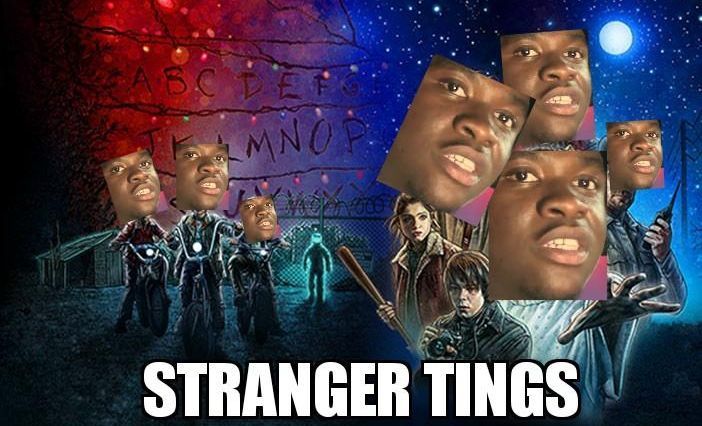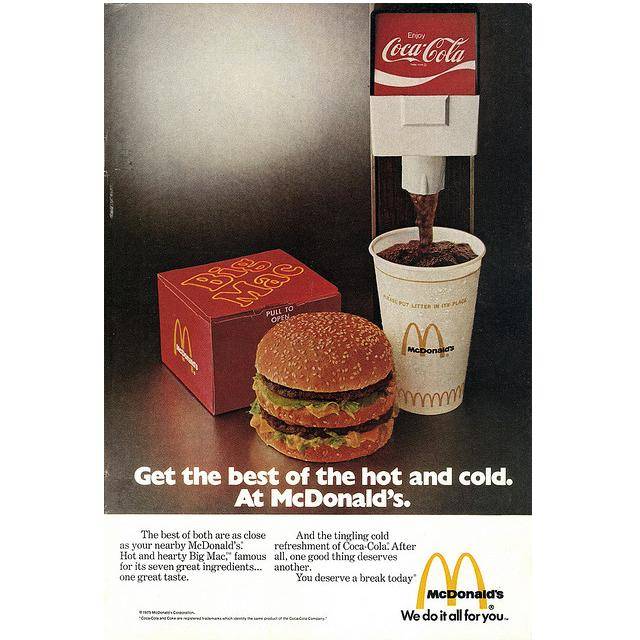The viral ability of memes has been proven time and time again to be able to take something from relatively small exposure, to internet fame in a matter of days. This article aims to identify the components that make memes something that we can’t tear our eyes away from.
Firstly, memes are short. Users don’t always want to have to absorb all the information in a video. Secondly, they’re simple to understand. Memes get to the point for those who understand the joke. That’s what memes are – visual ‘inside’ jokes. For anyone that’s read a book on punchlines, they’ll know how a good joke is structured.
You are introduced to a familiar situation, then something unusual is applied to it. That’s the punchline.
Memes follow the same rhetoric.
The most obvious example of recent meteoric meme rise comes from comedian Michael Dapaah (Big Shaq) whose Radio 1 appearance became an internet sensation that lasted weeks. This even led to an official song that took hold of the nation’s youth.

The marketing principle hasn’t changed, our use of applied technology has. Everyone born in the 90’s will remember sharing the comedy tune ‘London Underground’ on their Bluetooth device to one another. We didn’t have iPhones or Facebook in the early 2000s, so we used what we had, usually an Orange Sony Erikson. Now though, it’s never been easier to create and release viral content on social media.
Visual communication has been present in all good advertising since the beginning of newspapers. For example, the inanimate newspaper ad that rings out the catchphrase of a radio jingle you may have heard earlier.

The way that our minds interpret this is interesting. Users would hear the radio jingle and be reminded of the tune when seeing the newspaper ad. This is why I don’t think video will ever achieve total dominance across all our digital channels. Marketers underestimate people’s needs for simple ‘cognitively-associative’ entertainment. People don’t always want to plug-in and watch something unless it means something to them. We’ve become increasingly lazy as a generation with all our technology. Videos are commitment. The time has never been more ripe for the rise of the meme.
They’re the epitome of the good inside joke – the irony being that they can range from groups of ten to groups of a million.
Sometimes following on from a video, memes are the by-product of a reaction, which can then be applied to a multitude of different contexts. These images then put the character into a new situation. The scene then unfolds in the mind of people looking at them but in this new situation. Often one that is familiar or ordinary to the everyday lives of the average person.
The thing about memes is that they’re exactly what social media should be there for. Any marketing at a basic level identifies the needs of a user. The research done by The American Press Institute, 2015 on social media incentives stated that people want a few things from Facebook vs Twitter.

It is funny therefore how memes are king. This is especially prominent when looking at the plethora of options we have available: Video, GIFs, and Flixels. The consumer has chosen memes over all of these options.
Whilst dynamic, visually appealing images are good, a meme can be posted at much less effort and to potentially greater reward.
Memes are essentially giving people what they want on social. This should be the goal of any marketing: Identify needs and provide the antidote.
If you have a water cooler business, posting content about the tech involved in the new office water cooler is not going to go viral. Unless its voice-activated and links up to your iPhone. What’s the point? Memes bring these seemingly innovative things back to their humorous reality, flipping them on their head.
The water cooler idea could even be turned into a meme:
People in 1990: “In 2017 we’ll have flying cars” 2017: Introducing the new voice-activated water-cooler…
Jacob G. Donohoe
One of the places where memes work well is on Instagram. Instagram as a visual platform allows users to regram, like, comment on and hashtag content to get better engagement from those searching for something specific to be entertained by. Another thing good about the platform is that when something is liked, it doesn’t notify a users friend list like on Facebook. This allows people to engage with content more naturally, without trying to impress friends. More can be read about this in the book “Everybody Lies” by Seth Stephens-Davidowitz.
One thing to be mindful of with a business using memes on Facebook and Instagram is that these channels are actually looking to turn the tap off of organic content from businesses. Pay to play will reign supreme. This is a further step Facebook is taking to make the experience ‘better’ for users by reducing ads. At the same time this crushes social media marketing for SEM’s far and wide, and further empowers the limitless budgets of multinational companies. Will memes even be relevant at that point? We may even start to see Twitter become a more predominant playing field for memes if they leave their platform un-monetized in this fashion.
One of the best ways to avoid this chokehold is to subtly advertise on ‘meme influencer’ accounts. They are what they say on the tin. They’re accounts that have huge followings purely for comedic purposes of sharing user-generated content, whilst subtly being good for brand recognition. This example from Coke is textbook.
